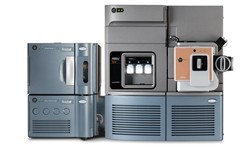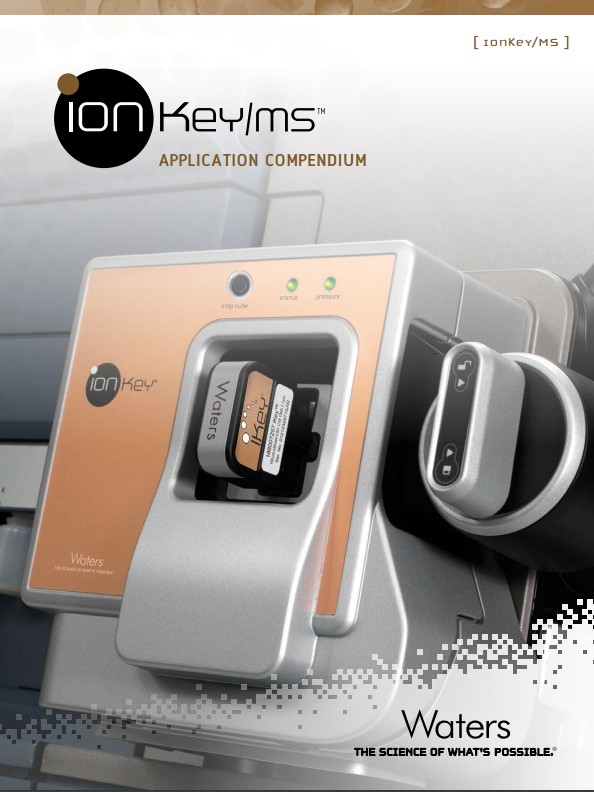Waters: Microflow LC/MS for bioanalysis

With ionKey/MS, Waters transforms what your laboratory can accomplish
ionKey/MS Systems integrate a UPLC separation into the source of the mass spectrometer, delivering both ease-of-use and best-in-class anlaytical performance.
Download our applications compendium to review real-world work performed by Waters scientists that demonstrate the benefits of using the ionKey/MS System and its iKey Separation Device.
- Bioanalysis
- Clinical research
- Food research

- Forensic toxicology
- Lipidomics, metabolomics, and proteomics
- And more!
This playlist of 3 videos, hosted by Waters’ Jennifer Fournier, will take you behind the science as she interviews scientists working on some of today’s laboratory toughest microflow LC-MS challenges and together they bust common myths and misconceptions. To view the individual videos, please click the titles.
1. Going small with microflow: Are you in the dark about nano or microflow chromatography? Jen seeks enlightenment with Jim Murphy, a principal chemist at Waters, about what’s involved in flow rates below analytical scale, 100 µL/min to 1 µL/min, and the sensitivity gains available for LC-MS.
2. Simple as a turn of a key: Remember cutting capillary tubing and making manual connections to achieve nanoflow chromatography? Our host Jen talks with Jim Murphy, principal chemist, and Catherine Tremblay, a scientific intern, about how technology has improved to help chemists use microflow chromatography.
3. Get focused with microflow: Microflow chromatography offers a lot of potential for LC-MS applications, but what you’ve got a large volume of sample, or if it’s complex, “dirty” sample? Our host Jen Fournier talks with Greg Roman, senior research chemist at Waters, and Catherine Tremblay, scientific intern, about using a trapping column along with the iKey.

